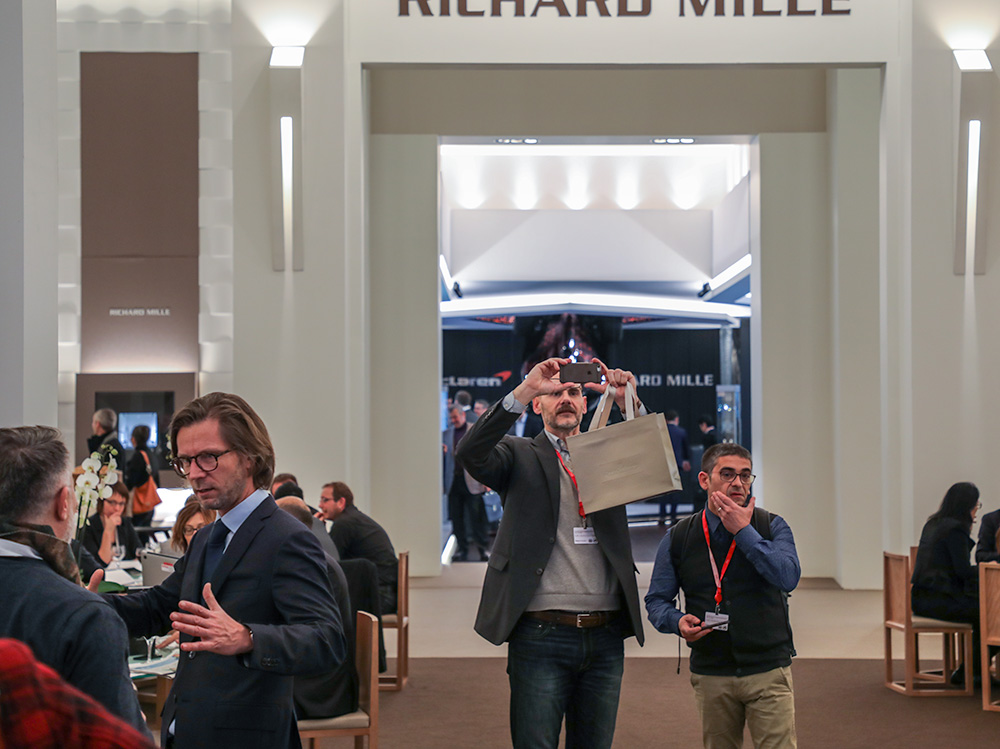
We recently had the chance to talk with Fabienne Lupo, Chairwoman and Managing Director of the Fondation de la Haute Horlogerie (FHH), the body that organizes the watch trade show SIHH. As SIHH 2017 has just concluded, this would be a good chance to evaluate the watch industry in the wake of a tumultuous 2016 and find out what Ms. Lupo prognosticates for the coming year. She says more ladies pieces, more affordably priced entry-level steel watches, and more vintage-inspired watches are going to be central to the industry’s survival. The releases at SIHH this year would seem to back this up with Cartier, Jaeger-LeCoultre, and even IWC among others putting an emphasis on marketing their ladies’ watches.
However, without addressing the gray market and the growing ease for buyer’s to make their purchases online, often at significantly reduced prices, the watch industry will likely continue to see new inventory sit while the gray market thrives. Ms. Lupo admits that the lack of transparency in the industry has adversely affected sales. Whether or not we get the degree of transparency needed for consumers to come back to buying new inventory direct from brands or distributors remains to be seen. Read the full interview below:
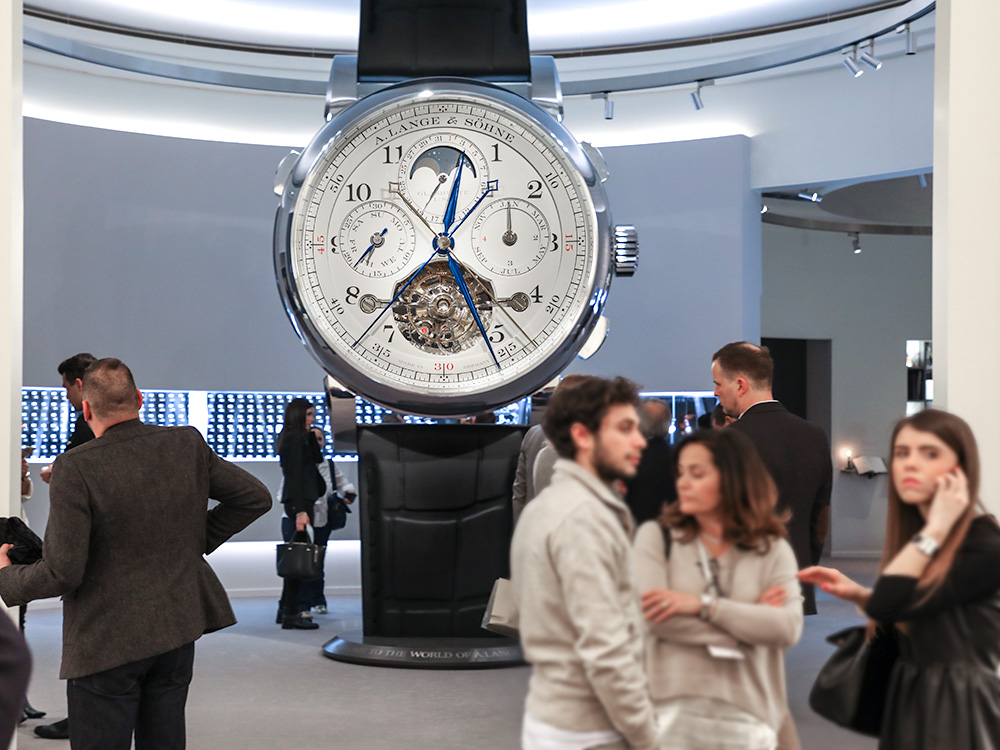 1. More than a few people in the high-end watch industry were excited about leaving 2016 behind. 2017 seems to be a year filled with new hope, but let’s do a quick post-mortem on 2016 before looking ahead. What facts or events do you feel defined 2016 for the watch industry, and what state do those facts or events now leave the industry in?
1. More than a few people in the high-end watch industry were excited about leaving 2016 behind. 2017 seems to be a year filled with new hope, but let’s do a quick post-mortem on 2016 before looking ahead. What facts or events do you feel defined 2016 for the watch industry, and what state do those facts or events now leave the industry in?
Undeniably the most memorable development of 2016 was the drop in watch exports by some 10% over the year. The consequence of this below-par performance was an accumulation of stock on the market and, as a result, a slowdown in watch production that translated to reductions in staff numbers. Going forward from this state of affairs, we now need to ask ourselves what were the causes of this reverse in fortunes: Economic? Structural? Not to gloss over the challenging global economic climate, which has been discussed extensively, but there’s more to it than that. Escalating prices, complications, production, sizes, and so on have caused this world of superlatives to peak sooner than anticipated. The maisons are now scaling their offerings to fit the current market climate.
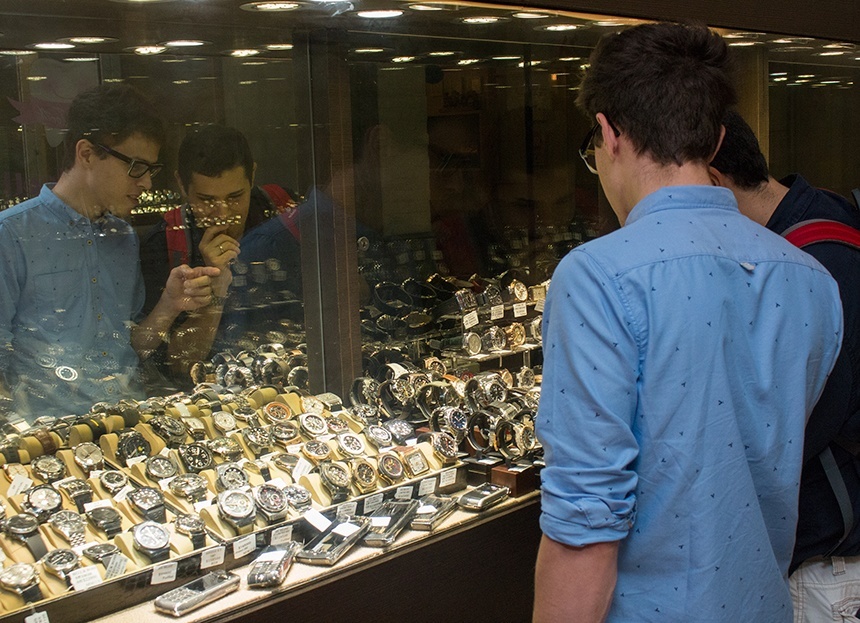
2. Problems will always exist. What are some of the solutions to problems that face the watch industry that you saw implemented in 2016 which proved very effective?
I think one of the responses to market problems in 2016 was buying back stock. These are very costly initiatives but have proved indispensable to improving the health of the markets. You’ll remember the alarm was sounded in 2015 by HK Watch, the organization that represents watch dealers in Hong Kong. That was the first I heard of such an initiative, and it really demonstrated the urgency of the situation. In financial terms, watchmakers had to sacrifice a part of their operating margins and instead focus on the welfare of their partners. Definitely a healthy strategy.
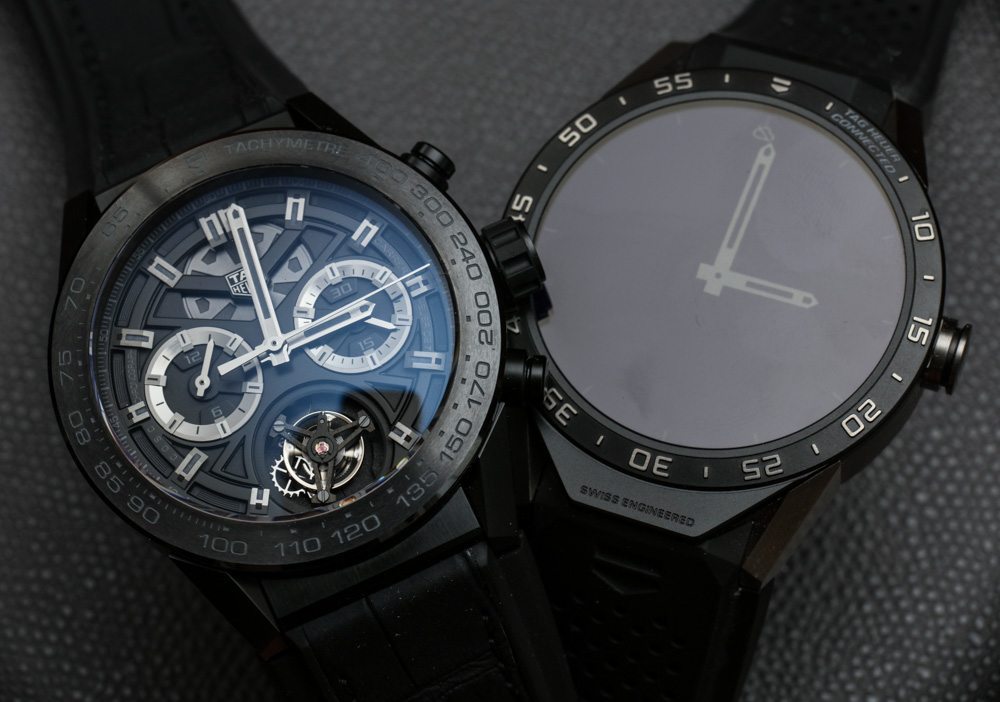
3. People understandably get nervous or even panic when companies contract, need for staff decreases, and production slows. Another way of looking at such activity is as a fresh start or beginning of a new direction for a company. Since a fair number of companies have slowed their businesses in 2016, would you say that many are currently rethinking their traditional business models and planning for more modern approaches in the future? Tell me a bit about that, since I know you are so involved.
You can’t change the business model of an industry from one day to the next. At the most, you can update production tools to respond to the climate of the market. The new directions to be explored are marketing, communications, and retail, and I believe watchmakers are more conscious of these areas since the decline in the growth curve of recent years. They will be looking at the emergence of online shopping, social networks, a new consumer profile and their purchasing habits, attainable luxury, and wearable electronics in the form of smart watches. In other words, the watchmaking industry – highly innovative in its products but strongly rooted in tradition – has been presented with a new problem. And it’s certainly not an easy one to figure out.

4. The FHH has access to a lot of interesting data, a lot of which you make public. From your vantage point with the data that you see, what are some areas related to the haute horology watch market to be optimistic about, and what are some areas for worry or that need attention, and that you feel that the industry has not yet addressed.
I think we can remain optimistic if we look at the capacity of watchmaking maisons to adapt to changing markets. Of course, the process isn’t always painless, as demonstrated by the quartz crisis, and to a lesser extent the subprime mortgage crisis. But the maisons are set to bounce back because, for the most part, they have an advantage: their positioning in the luxury industry, an industry that tends to show admirable resilience. Saying that, the task won’t be easy for watchmakers. They now need to figure out how to attract and form a new customer base from a younger, more fickle audience whose values are not necessarily the same as those of previous generations.
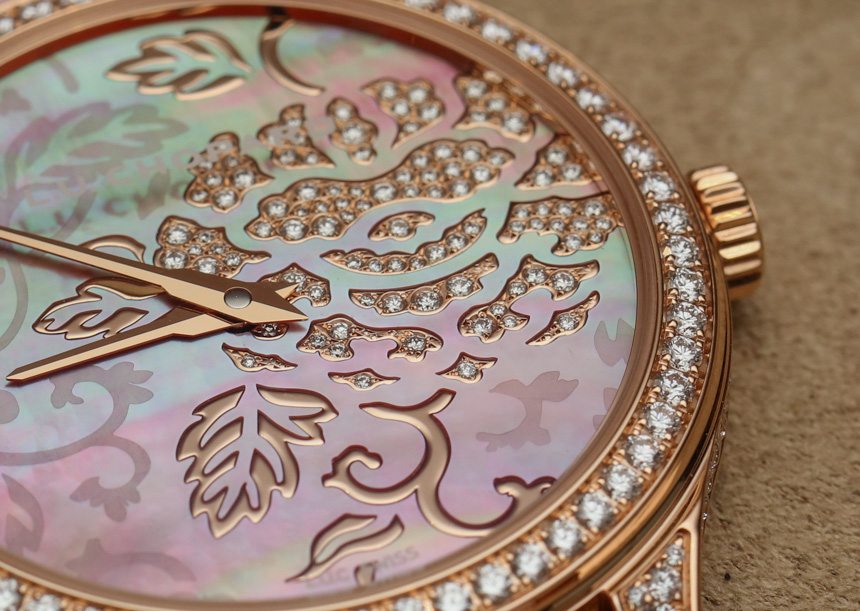
5. I like to think of high-end watches as objects of celebration. People consume art and jewelry when they have something to be happy about. Given that 2016 was marked with a lot of global pessimism, it is understandable that the watch industry did not experience its most impressive year. With that said, are there areas of great optimism that you feel aren’t being spoken about enough?
Personally, I’m very happy with the current position of ladies’ watches in the watchmaking sector. I don’t necessarily mean jewelry watches but mechanical watches designed and produced for women. The maisons have been focusing on female clientèle for many years now. Growth potential in this segment of the market will necessarily remain unchecked compared to men’s timepieces. All in all, we cannot but be happy with these efforts.

